The Pabst Mansion
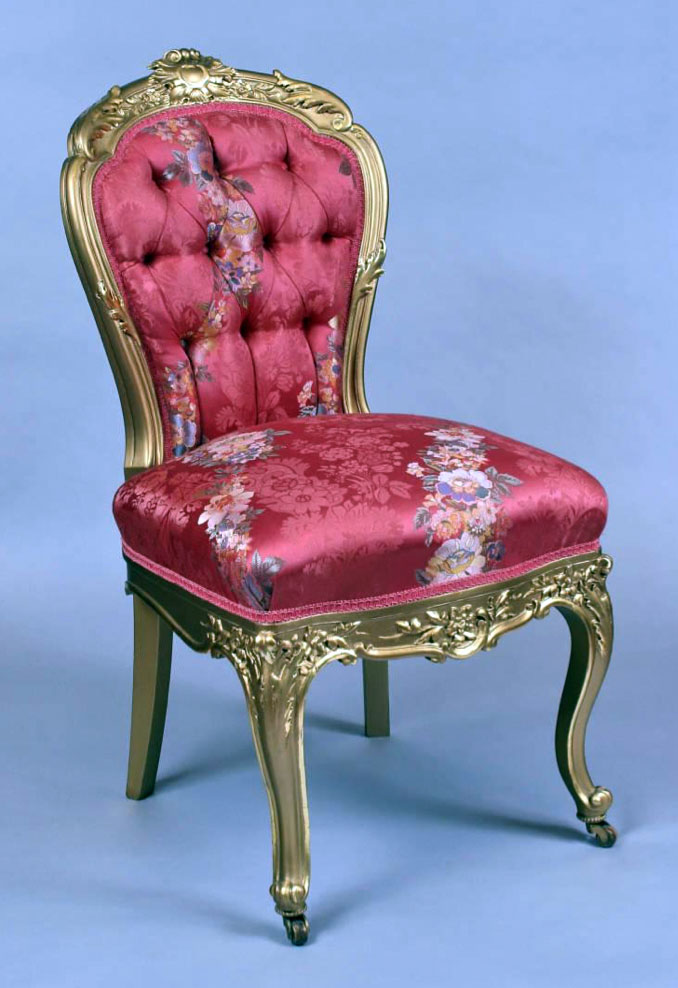
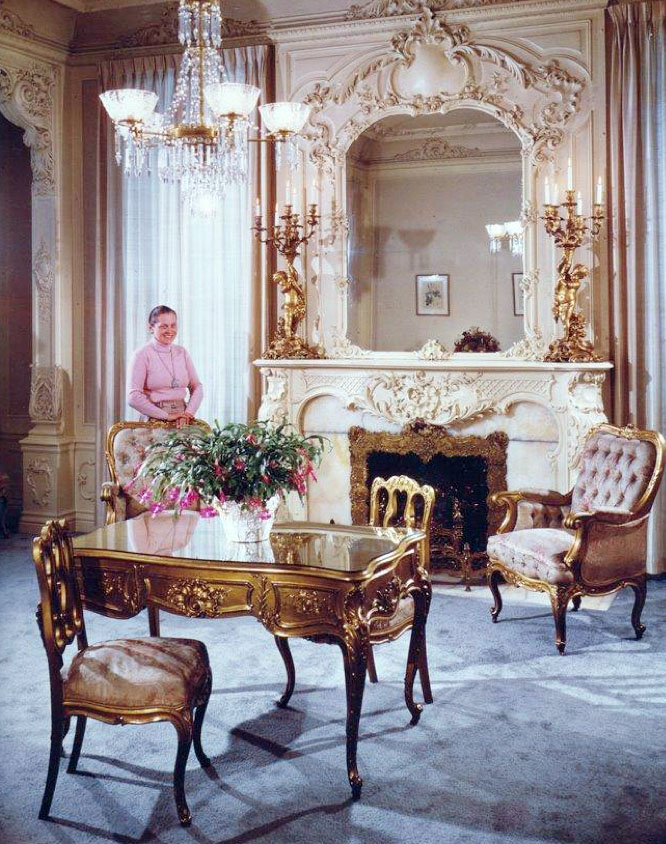
| Mrs. Pabst’s parlor suite Curator at Pabst Mansion |
The Pabst Mansion
In the ladies' parlor at the Pabst mansion resides an elegant armchair. Crafted in the Rococo Revival style, the armchair’s gilded wood shimmers in the light, the embroidered blossoms and leaflets cluster in vibrant colors, its curvature boasts of femininity, and its silk upholstery once invited the most esteemed guests of the Pabst family to rest upon it. Today, you can admire the armchair and all of its suitemates at the Pabst mansion, open to the public to experience the grand lifestyle the Pabst family once led. |

The Pabst Family
The Pabst Mansion was home to one of Milwaukee’s elite families during the 19th century. Captain Frederick Pabst (1846-1904) emigrated to Milwaukee from Germany. He went from being a busboy earning five cents an hour to a steamship captain traveling all over Lake Michigan. Pabst met Maria Best (1842-1904) on one of his ships in 1860. Maria and Fredericks wed two years later and had eleven children, five of which survived. A few years later, Pabst owned the largest brewery in the country. The Pabst family used their wealth philanthropically, donating to local charities and building public spaces in Milwaukee. When Frederick died in 1904, newspapers around the world mourned his passing. |
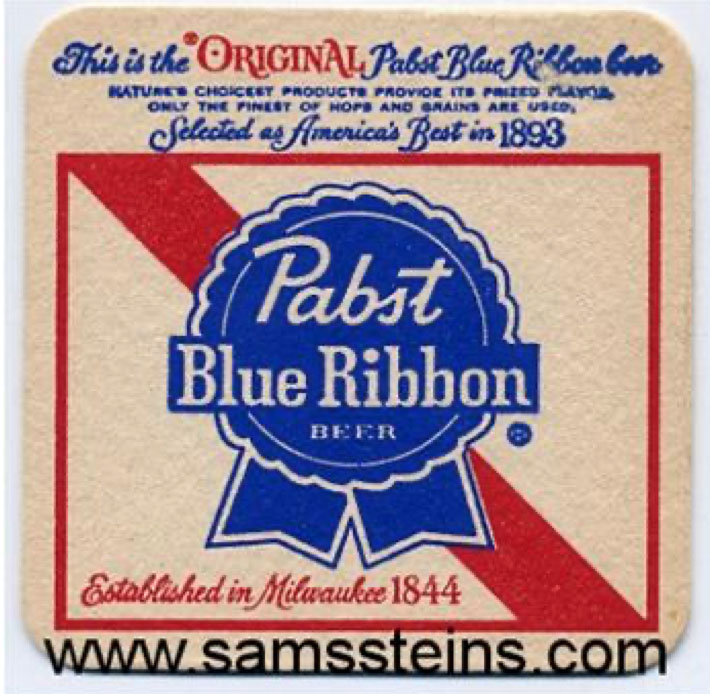
Pabst Brewery Original Coaster Source
Pabst Brewery
Originally Pabst Brewery was Best Brewery, Maria’s father’s business. Frederick joined the business in 1863. In 1863, eventually obtaining ownership, he expanded the market and by 1874 Pabst had become the largest brewery in the country. In 1889 it was renamed Pabst Brewing Company. After winning the blue ribbon at Chicago’s 1893 Columbian Exposition Pabst started to tie blue ribbons around the neck of the bottles to make it stand out from other beers. People began to ask for the “blue ribbon” beer even before its official name was changed in 1889. After Pabst’s death he left the brewery to his sons. Pabst Brewery expanded into the 20th century until it was bought in 1995 for $63 million ($168,334,126 today). |

The Mansion
The Pabst Mansion located in Milwaukee on Wisconsin avenue is a historic museum and architectural landmark. Designed in the Flemish Renaissance Revival style, the mansion’s construction lasted from 1890-1892, totaling $254,000 (over $7 million dollars today). The parlor suite’s furniture was crafted in the Rococo Revival style by Milwaukee’s Matthews Brothers, owners of the most successful furniture manufacturing company in the 1880s. The mansion was built on what was once Grand Avenue, the suburban gold coast of Milwaukee. The Pabsts possessed one of the finest private art collections in the Midwest in the 1890s. The mansion was purchased by the Roman Catholic Archdiocese in 1908 and used by them for 67 years. In 1978, the non-profit organization Pabst Mansion, Inc. opened the house to the public. |
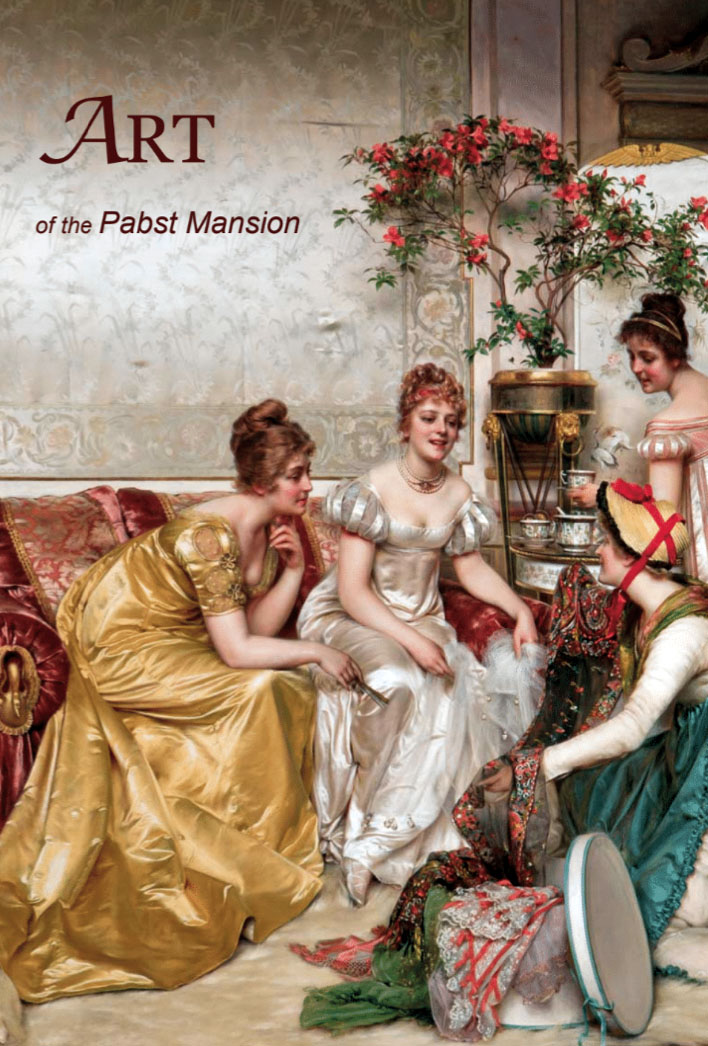
Source: Curator at Pabst Mansion. |
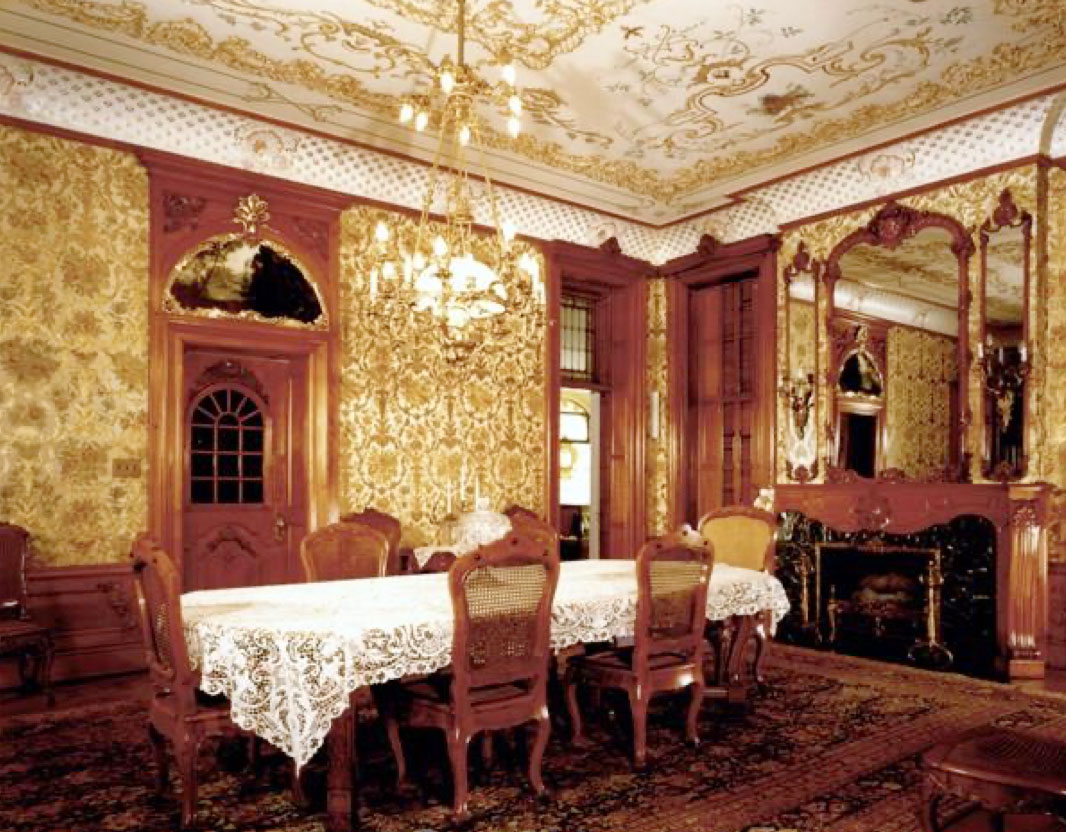
Source |
Virtual Tour
Timeline
|
Why I choose this object?
|

Eve Thorsen
contact
History 401 [Spring 2022]
Leslie A. Bellais
contact

